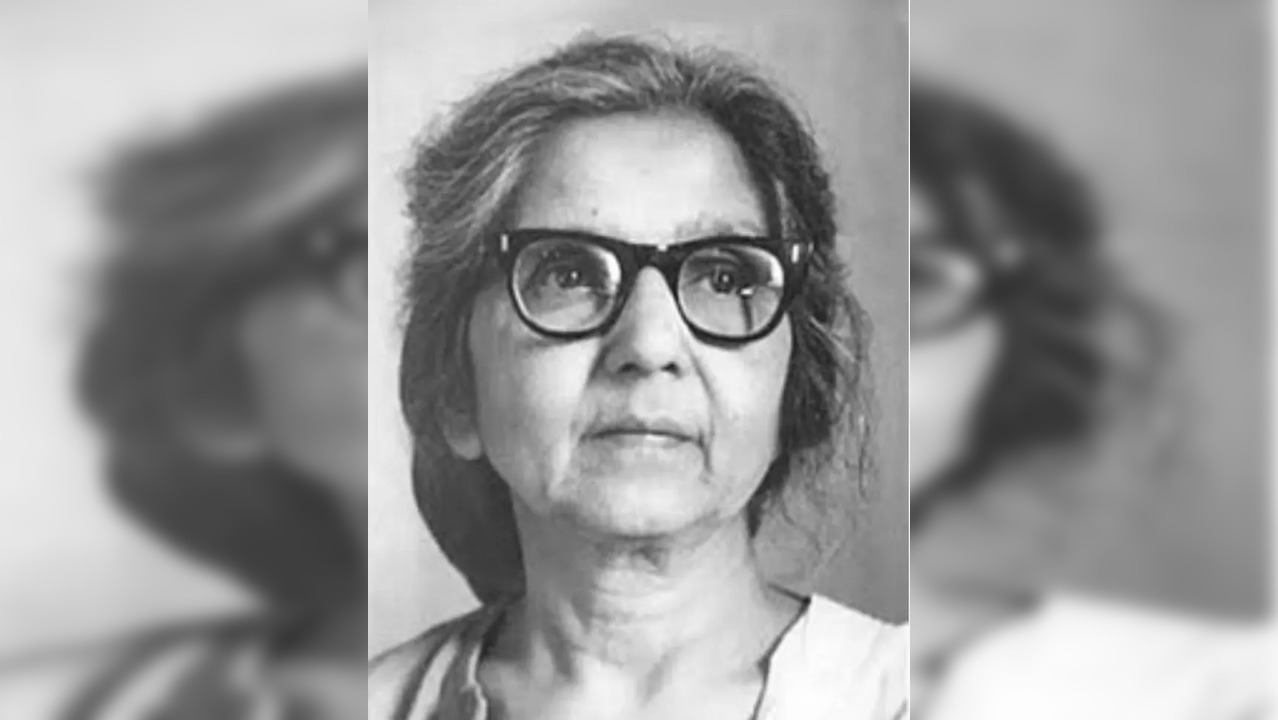Aruna Asaf Ali (File Photo)
Photo: Twitter
Aruna Asaf Alialso known as the ‘The Grand Old Lady of Indian IndependenceShe is a leading figure in India’s freedom struggle, known for her contribution to the Salt Satyagraha and the Quit India movement. She was posthumously awarded the Padma Vibhushan in 1992 and the Bharat Ratna in 1997.
Early life and education
Aruna Asaf Ali was born on 16 July 1909 in Kalka, Punjab (now part of Haryana). Her father, Upendranath Ganguly, and mother, Ambalika Devi, were notable figures; Ambalika Devi was the daughter of Trailokyanath Sanyal, a prominent Brahmo Samaj leader known for his reformist ideals.
Aruna completed her education at All Saints College, Nainital. While working as a teacher at Gokhale Memorial School in Kolkata, she met and married Asaf Ali, a member of the Indian National Congress. Despite family opposition, Aruna’s commitment to the independence movement deepened and she became an active participant in the struggle.
Role in India’s freedom struggle
Aruna Asaf Ali’s activism began with her participation in the Salt Satyagraha, a major non-violent protest led by Mahatma Gandhi. Her participation led to her arrest by the colonial authorities, but she was eventually released following strong protests from her fellow freedom fighters. Although she was less politically active for a while, by late 1942 she emerged as a key figure in the underground movement.
The Quit India movement, launched on August 8, 1942, marked a crucial moment in Aruna Asaf Ali’s revolutionary activities. The Indian National Congress passed a resolution demanding an end to British rule, leading to the arrest of key leaders. In their absence, Aruna Asaf Ali assumed a leadership role, unfurling the famous Congress flag at Gowalia Tank Maidan in Mumbai. His bravery symbolised the continuity of the movement despite severe repression.
Aruna’s rebelliousness led to a warrant for her arrest. She went into hiding and continued her activism by editing the Congress magazine Inquilab. The British government even offered a reward for her capture. Despite Mahatma Gandhi’s suggestion that she surrender, she remained in hiding until the warrant was withdrawn in 1946.
Recognition and legacy
In recognition of her significant contributions to India’s independence, Aruna Asaf Ali was posthumously awarded the Padma Vibhushan in 1992 and the Bharat Ratna in 1997. These honours underline her extraordinary role and sacrifice.
To commemorate his legacy, the Dr. Aruna Asaf Ali Sadbhawan Award is presented annually by the All India Minority Front. This award honours individuals who have made notable contributions to society and reflects the spirit of Aruna Asaf Ali’s unwavering dedication to social justice and national progress.
Aruna Asaf Ali’s life is a testament to courage and resilience. Her unwavering commitment to India’s freedom and her role as an inspiration to future generations continues to be celebrated, honouring her legacy as a true patriot and freedom fighter.
Disclaimer:
The information contained in this post is for general information purposes only. We make no representations or warranties of any kind, express or implied, about the completeness, accuracy, reliability, suitability or availability with respect to the website or the information, products, services, or related graphics contained on the post for any purpose.
We respect the intellectual property rights of content creators. If you are the owner of any material featured on our website and have concerns about its use, please contact us. We are committed to addressing any copyright issues promptly and will remove any material within 2 days of receiving a request from the rightful owner.

